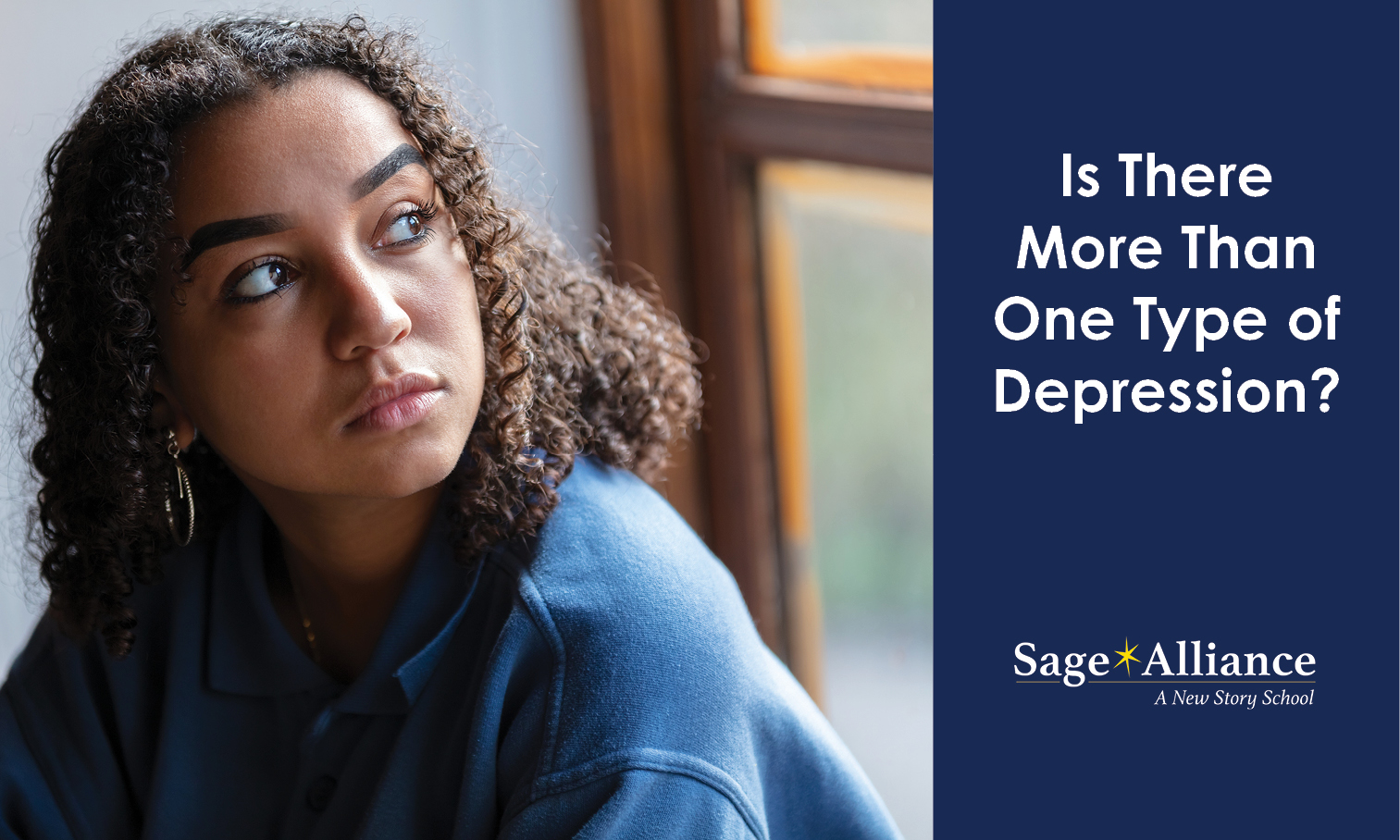Is There More Than One Type of Depression?
Posted: April 19, 2018 | Written By: Justin Gerwick | Category: Emotional Health

Depression is usually explained as one general topic, though depression can manifest in a variety of ways. In order to start talking about mental health and to end the stigma against those who live with mental illnesses, it’s important to understand just what they are. Here are six common types of depression:
-
Major Depression Disorder (MDD) – This disorder is also known as clinical depression. It’s a combination of symptoms that affect one’s ability to do everyday activities like eating and sleeping. Symptoms include lack of appetite, loss of energy due to lack of sleep, and suicidal thoughts.
-
Bipolar Disorder – This disorder is extremely common in children and young teens. It’s a mood disorder that often affects a person’s day-to-day life. This disorder is also known as manic-depressive illness. Bipolar disorder causes elevated or changed moods, also known as mania. Some symptoms include anxiety, fatigue, trouble sleeping, and irritability. Periods where those who are diagnosed are experiencing these symptoms are called episodes.
-
Seasonal Affective Disorder (SAD) – This type of disorder is also referred to as major depressive disorder with seasonal pattern. It’s extremely common during the winter because the body isn’t moving around as much as it would in the warmer months. Decreased access to sunlight is thought to have an effect as well. Some of its symptoms include weight gain, loss of energy, and over-sleeping.
-
Atypical Depression – This type of depression is also more common than people might think, being a subtype of major depression. Those who are diagnosed with atypical depression are usually very sensitive to environmental circumstances and experience strong reactions to rejection. Some symptoms include excessive sleep, weight gain, altered moods, and lack of interest.
-
Premenstrual Depression – Many women experience this type of depression before their menstruation cycle because their hormones are fluctuating. Some symptoms include anxiety, mood swings, change in both appetite and sleep, and irritability.
-
Persistent Depressive Disorder (PDD) – This disorder is diagnosed to those who have been experiencing depression for two years or more. Its symptoms include change in appetite, sleep deprivation, lack of energy, low self-esteem and feelings of hopelessness.
Each type of depression has a pervasive effect on a person’s life and can often be treated by a combination of therapy, medications and changing circumstances that may trigger depression. It’s important to seek help to cope with symptoms.
Want to be notified of new articles and resources from Sage Alliance? Click here to submit your email and opt into our newsletter.









